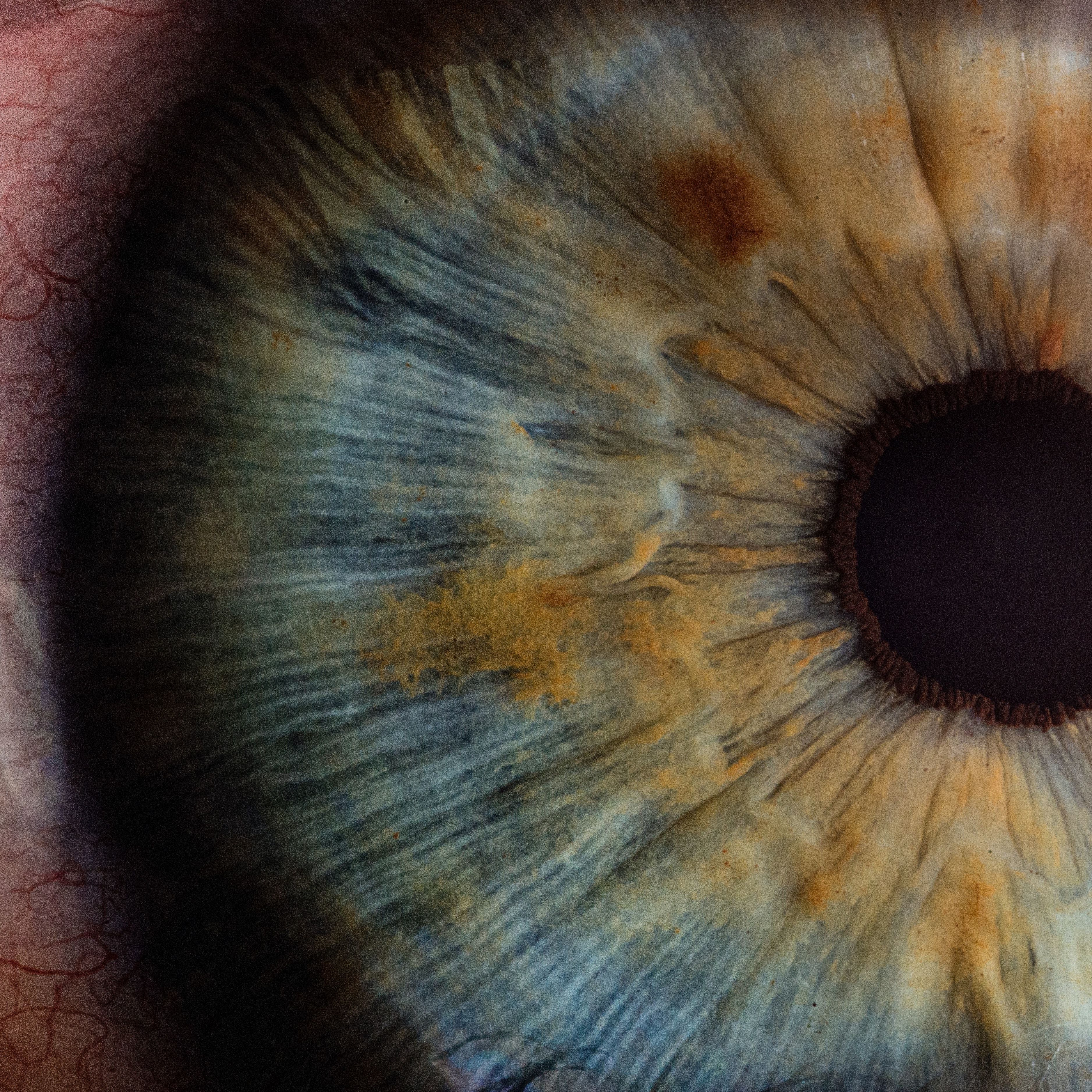News
Article
Geographic Atrophy Characteristics May Differ in Asian Population, Study Finds
Author(s):
The analysis reports clinical characteristics and the GA progression rate in an Asian population differ from those previously reported in White populations.
Credit: V2osk/Unsplash

Multiple clinical characteristics, as well as disease progression, may differ in an Asian population with geographic atrophy (GA) associated with age-related macular degeneration (AMD), compared with a White population, according to a new analysis.1
Results showed the patient population in Japan showed male dominance, smaller lesion size, a relatively thicker choroid, and a lower GA progression rate, compared to previously reported measures in a White population.
“Researchers need to consider the differences in phenotype of GA in different ethnicities because these differences may have implications when researching GA and considering interventions to slow progression of GA,” wrote the investigative team, led by Naoko Ueda-Arakawa, MD, PhD, department of ophthalmology and visual sciences, Kyoto University Graduate School of Medicine.
Ethnic differences have been previously reported on the prevalence and clinical features of GA, despite a relatively low prevalence of GA in Asian countries. Recent approvals for GA by the US Food and Drug Administration (FDA), including pegcetacoplan injection (SYFOVRE)2 and avacincaptad pegol intravitreal solution (IZERVAY)3, have marked a new era in treatment, but the rapidly aging global population has increased the urgency surrounding the treatment of the blinding condition.
Investigators cited a critical gap in knowledge on the clinical characteristics of GA in an Asian population, making it essential to collect clinical data on how to deliver appropriate and effective treatment.1
Here, Ueda-Arakawa and colleagues examined patients in Japan with GA to uncover these characteristics and the GA progression rate associated with AMD. The retrospective, multicenter, observational studies enrolled consecutive patients with GA from 6 university hospitals in Japan between January 2009 and December 2021, identifying a total of 173 eyes from 173 patients. Inclusion criteria included Japanese ethnicity, age ≥50 years, and definite GA diagnosis associated with AMD in at least 1 eye.
Patients followed up with fundus autofluorescence (FAF) images for more than 6 months were dictated as the follow-up group and were evaluated to assess the natural course of the disease and GA progression. To determine progression, investigators calculated the difference in GA area between baseline and the final visit and divided by the follow-up period (mm2 per year). Then, they used the square-root transformation strategy (SQRT) to again determine the difference in GA size (mm per year).
A total of 101 eyes from 101 patients were included in the follow-up group; patients had a mean age of 76.8 years and 109 (63.0%) were male. The mean GA area was 3.06 ± 4.00 mm2 and 38 eyes (22.0%) were classified as having pachychoroid GA. Investigators detected drusen in 115 (66.5%) eyes and reticular pseudodrusen in 73 (42.2%) eyes.
Overall, 62 patients (36.5%) had bilateral GA and showed a significantly larger GA size (P <.001), a predominance of the multifocal GA (P <.001), and the highest prevalence of reticular pseudodrusen. The mean subfoveal choroidal thickness (SFCT) was 194.7 ± 105.5 µm.
During the follow-up period (mean, 46.2 ± 28.9 months), the mean GA area was enlarged from 2.77 ± 3.40 to 6.08 ± 6.76 mm2 (P <.001), while the mean BCVA decreased from 0.34 ± 0.44 logMAR to 0.49 ± 0.51 logMAR (P <.001). In addition, the mean CMT and SCFT each significantly decreased, while the GA area in all eyes increased.
Data showed the mean GA progression rate was 1.01 ± 1.09 mm2 per year and 0.23 ± 0.18 mm per year. In the multivariable analysis, investigators found baseline GA area (P = .002) and reticular pseudodrusen (P <.001) were each significantly associated with the GA progression rate. Overall, compared to previously reported measures in White populations, investigators noted a smaller GA size, larger mean SCFT, and a slightly lower GA progression in the study population.
The team also noted several notable limitations in the study, including its retrospective design, limited study population, and the underestimation of the prevalence of reticular pseudodrusen, as it can be difficult in the late stages of the disease.1
“Further studies are necessary to elucidate the clinical and genetic characteristics of GA in Asian populations,” investigators wrote.
References
- Sato Y, Ueda-Arakawa N, Takahashi A, et al. Clinical Characteristics and Progression of Geographic Atrophy in a Japanese Population [published online ahead of print, 2023 Jun 9]. Ophthalmol Retina. 2023;S2468-6530(23)00255-5. doi:10.1016/j.oret.2023.06.004
- Iapoce C. FDA approves Pegcetacoplan Injection for geographic atrophy. HCP Live. February 17, 2023. Accessed September 22, 2023. https://www.hcplive.com/view/fda-approves-pegcetacoplan-injection-geographic-atrophy.
- Kunzmann K. FDA approves Avacincaptad Pegol for geographic atrophy. HCP Live. August 5, 2023. Accessed September 22, 2023. https://www.hcplive.com/view/fda-approves-avacincaptad-pegol-geographic-atrophy.





